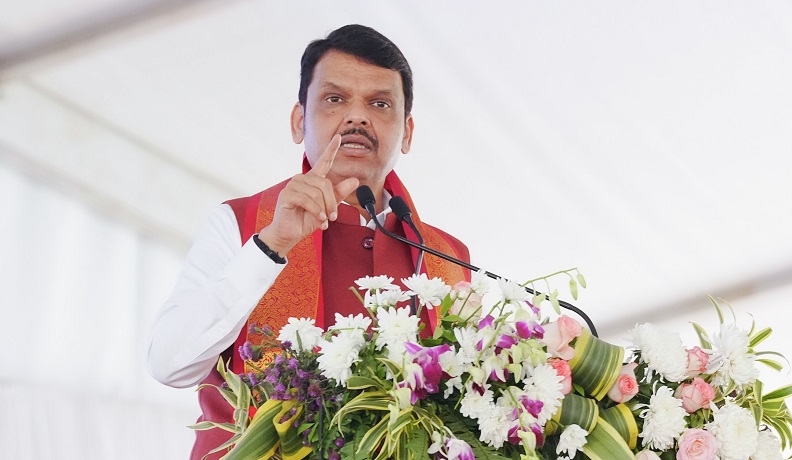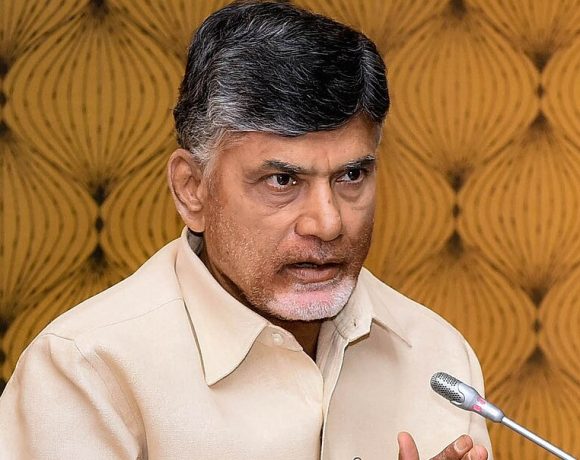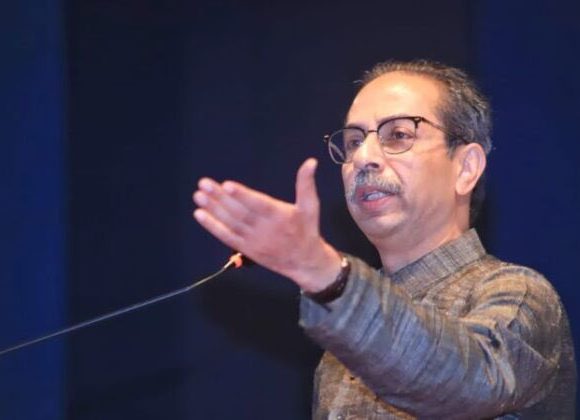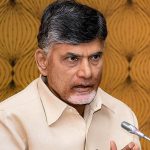
Seven Maharashtra Districts Drive 54% of State’s GSDP
A new government report has brought to light a stark economic imbalance in Maharashtra, where just seven districts contribute 54% of the state’s total Gross State Domestic Product (GSDP). The data underscores deep regional disparities in wealth creation and resource distribution within the state, which is often hailed as India’s financial powerhouse.
Maharashtra GSDP Concentration
The seven districts leading Maharashtra’s economic output include Mumbai, Pune, Thane, Nagpur, Raigad, Kolhapur, and Sindhudurg. Mumbai alone, home to the country’s financial capital, accounts for nearly 20% of the state’s GSDP. Pune and Thane contribute significantly due to their strong industrial, IT, and service sectors.
These urban and industrial hubs have benefited from sustained infrastructure development, better connectivity, and focused investment, thereby outpacing the rest of the state in economic activity.
Stark Economic Disparities Across Regions
Despite Maharashtra’s per capita income being 148% higher than the national average, the report reveals a grim picture for the majority of its districts. Out of 34 districts, 27 fall below the state average of ₹2.8 lakh per capita income, and 12 are even below the national average.
Regions such as Vidarbha, Marathwada, and North Maharashtra remain underdeveloped, with districts like Yavatmal, Gadchiroli, Buldhana, Washim, Hingoli, and Nandurbar lagging behind. These areas suffer from low industrialization, weak infrastructure, and limited access to services, further widening the intra-state economic divide.
Government Response and Policy Measures
In response to the widening disparity, the Maharashtra government has launched five-year district-level strategic plans aimed at promoting balanced regional development. These plans are tailored to harness the comparative strengths of each district and are complemented by additional funding to aspirational and backward regions.
The report also flags critical structural issues. Over 50% of the state’s workforce is dependent on agriculture, a sector that contributes just 13% to Maharashtra’s GSDP. Compounding the issue, 75% of the agricultural land is rain-fed, making it vulnerable to climate shocks.
Further concerns include underdeveloped urban infrastructure in emerging towns, declining female workforce participation, and an aging population—factors that threaten long-term sustainability and inclusive growth.
The Road Ahead
Addressing these disparities will require sustained investments in rural infrastructure, decentralization of industrial hubs, gender-inclusive employment policies, and climate-resilient agricultural reforms. Maharashtra’s ambition to lead India’s economic growth story cannot be fully realized unless every district becomes a stakeholder in its development.
The state’s future depends not only on the strength of Mumbai and Pune, but also on the empowerment of Yavatmal and Gadchiroli. Only balanced development can ensure that Maharashtra’s prosperity is not confined to a few districts, but is shared equitably across the map.


















